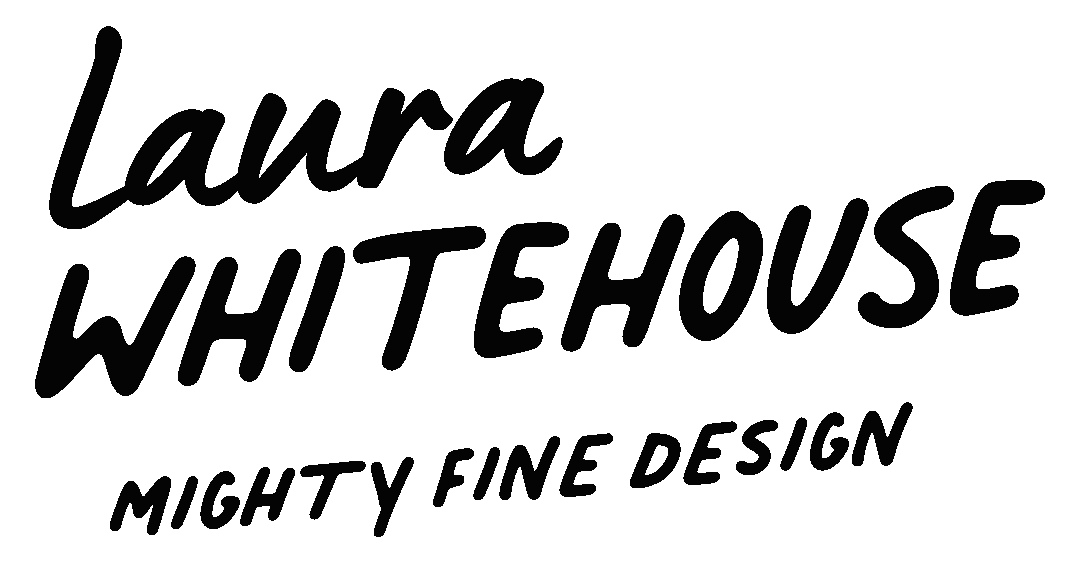The absolute and very real rules for briefing a graphic designer
In case you’re not too familiar, briefs are what we call the little dance of social anxiety that graphic designers and prospective clients perform before any real work is done.
The client usually leads, typically laying out what kind of work they’re after and all the basics of the job like timelines, deadlines, general vibes, and if they’re really put together, maybe even their budget comes up without any strong needling. Meanwhile, the designer does their best to keep their more ambitious thoughts to themselves, typically fails, ends up getting into a passionate conversation with the client on the aesthetics of 18th century France and then winds up promising a period-accurate Parisian bookshop to be finished in a sleepless 48-hour window.
Having done this dance enough times to work thanklessly in the background of Strictly Come Dancing, I have come to have preferences on how I like to be briefed. Which, because this is my blog and the authorities haven’t wrestled control of its content from me just yet, I’m going to list here as absolute rules for briefing a graphic designer. Nobody can stop me.
Put all the important info in one place (please, thank you)
Like people, graphic designers differ from each other in how they like to be approached. Some designers really do not mind talking mostly over Twitter, getting sent examples via Instagram, being added to your personal mood boards on Pinterest, then getting hourly updates on MSN. I’ll not go as far as to call these designers “animals,” though they may be missing their calling as professional jugglers.
I much prefer to have everything we talk about put in one place so that I can double-check it at a glance, and that one place is email. And, because I said so, this is now an absolute rule — sorry jugglers, no backsies.
This isn’t just me being pedantic though — there’s actually a good reason for it. Unlike your various social media platforms, or any information delivered verbally, an e-mail is a paper trail that doesn’t just go away. For both the client and the designer, it means everyone knows what has been agreed, and it’s very hard and very mean to tamper with that after the fact. I’m not opposed to being gaslit, but I have to say when it’s all down in black and white it’s much more difficult to do it successfully.
The info that your e-mail brief should contain
That said, it doesn’t mean I’m not flexible, or that you shouldn’t be flexible, with which information is put in the e-mail brief early on. Clients shouldn’t worry about not having everything sorted out immediately come day one, and graphic designers shouldn’t be expecting clients to have all the facts sussed right away.
As was the gist of my article on the three Ps of Graphic Design for Film, it helps to just be a little flexible and cool and agreeable — at least until after the first few chats, then you can gradually let your worst impulses seep in. I’m mostly kidding.
Generally speaking, if you’re sending me your brief, there are two approaches that work for me:
The ‘brief’ Brief
You're busy getting everything together, you’ve got a million people to reach out to, and you just want to know the bare essentials so you can get a firm yes and move on with your day. This is beyond relatable.
Just send me something like “This is a brief outline of my project. Before I crack on, are you free, and what are your day rates?” Some of the finest graphic design jobs and most fulfilling client-designer relationships ever achieved have emerged from messages as plain and direct as the above.
The Big Brief
Understandably, you don’t want to waste time figuring out what is actually achievable within the deadline and budget and creative outline of your project, and you want the ‘absolute musts’ agreed first and foremost. This is very respectable — though there is such a thing as too much information, or more importantly, too much pointless information.
Here is everything worth putting into The Big Brief:
Timelines — a light overview of what the road ahead looks like.
The elevator pitch — a logo for a ballet class for babies. A flyer for a show about Shakespeare secretly being a ballet dancing baby.
Dimensions — for example: “I need an A4 poster that I’ll be printing professionally, and then some social media sizes - roughly 5 of them, the usual headers and ad sizes.”
Deadlines — specifically when you need these graphics sent to you (dream and realistic scenarios appreciated — sometimes those mountains can indeed be moved).
Target audience — let me know who is actually going to see this.
If the job relates to a previous piece you've designed, let me know if you have editable files from your previous designer, or just static copies.
“Can I get a quote and a timeline from you?”
Unless there’s a major caveat or some special circumstances that we’ve discussed, if it’s not on the list, it’s probably not necessary for the brief. Hopefully this doesn’t read like graphic designers are heartless, art-hating monsters — nothing compares to drinking a coffee while pouring over a moodboard and having a good natter about intentions. Let’s just let those moments breathe outside of the cold, unfeeling world of project breakdowns.
Hopefully the above also helps graphic designers figure out what they do and don’t need to know when talking to a client in the first instance. If you need a bit more information on getting started, check out this simple guide to design jobs, and may you now step out into the world, ready to warn people of the brutality of briefs, as is your right.




